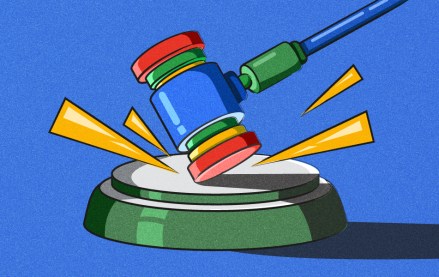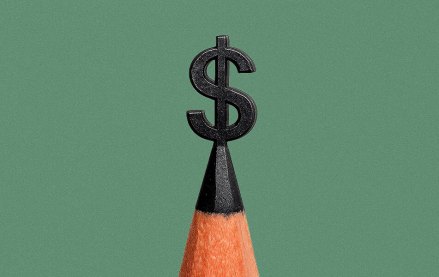CTV Advertising Strategies:
Insights from CTV leaders at Dentsu, Horizon Media and more
The publisher of tomorrow clearly needs to think differently than the ones of the past. It’s no surprise that the Huffington Post has succeeded with founders who weren’t steeped in the old way of doing things.
One of the challenges for media companies of all sizes is the relation of advertising to their content. The unpleasant truth for nearly all media properties (and web services) is marketers don’t need another place to stick their ads. That’s why the future publishing models aren’t relying solely — or in some cases, mainly — on standard ad units. Instead, they’re mixing advertiser content with editorial content in the hopes of getting out of the race to the bottom of Internet ads that have become completely commoditized.
Halogen Media is building a model based around the combination of paid and earned media. It has a rep model for small and midsize lifestyle publishers like Fashionista.com and Fora.tv that crafts content integrations that go far beyond display ads. For William Sonoma, Halogen created a “Cooks Network” of 400 publishers like The Left Over Queen. William Sonoma was able to get its content off its site and in front of the audience on small sites with passionate audiences. For Mercedes, Halogen created a series of video interviews on Fora.tv with influencers like designer John Maeda. The content was also distributed via ad units.
“Most ad networks are selling ad impressions usually using some form of targeting,” said Greg Shove, CEO of Halogen. “We’re working more closely with the agency and the brand and really trying to get the audience engaged.”
Halogen is pushing ahead with this model by merging YouCast, a New York social media shop that operates an “influencer network” of bloggers and small publishers. YouCast has worked with clients like Pepsi and the NBA on programs.
It’s not alone in pushing ahead with new ad models. New-style networks like Federated Media, Say Media, Blogher and even the Huffington Post to an extent are building platforms that are less about a way to churn out display impressions. At Huffington Post, for example, advertiser content is loaded into the same content-management system used for editorial content. It gets treated the same way with tagging, social and search optimization, and professional editing in an attempt to find it an audience.
Publishers need to change their mindsets, Shove said, in order to deliver not just impressions but measurable “social outcomes”: likes, shares, comments. Halogen even includes those social outcomes in the metrics it provides agencies for how their campaigns performed.
“The ecosystem is broken in some respects for both the brand and publisher,” Shove said. “The automation and data that’s driving the system commoditizes the ad unit. That poorly serves both the marketer and the publisher. One solution is to create an ad experience that’s out of the unit itself. It can’t be commoditized.”
The question remains whether such programs will be commoditized to an extent when more publishers are offering them. For now, integrating advertiser content with editorial, while potentially risky if not labeled correctly, is a more attractive alternative to relying on standard display ads at a time when the industry is awash in ad space.
More in Media

Ad Tech Briefing: The ‘plumbers’ posing as the unlikely saviors of the internet
July 8, 2025
After several false dawns, can Cloudflare’s ‘anti-AI scraping tool’ finally offer publishers a road to commercial redemption?

Generative AI, not ad tech, is the new antitrust battleground for Google
July 8, 2025
Global regulatory scrutiny is shifting from Google’s ad tech and search dominance to generative AI, as they aim to address the most pressing threats to publisher business models.

Yahoo takes cues from platforms as it offers more editorial control to creators
July 7, 2025
Through its creator program, Yahoo is evolving from its roots as a content aggregator and editorial publisher to more of a distribution platform for individual creators.





